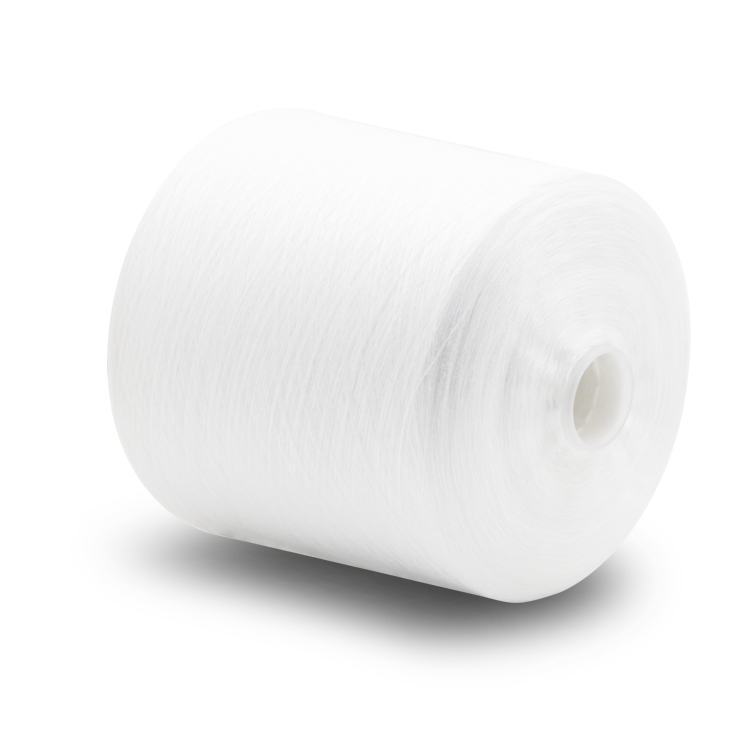
What are all kinds of fiber yarn thread in textile materials(1)
What are all kinds of fibers yarn thread in textile materials?
How much do you know about the commonly used formulas?
Fiber yarn thread: Usually refers to a soft slender body with a aspect ratio of 103 times or more and a thickness of several microns to hundreds of microns.
Chemical fibers yarn thread: Fibers yarn thread made from natural or synthetic polymers and inorganic materials through manual processing are collectively called chemical fibers.
Differentiated fibers yarn thread: Usually refer to fibers yarn thread that are physically or chemically modified on the basis of the original fiber composition, so that their properties can be improved to a certain extent.
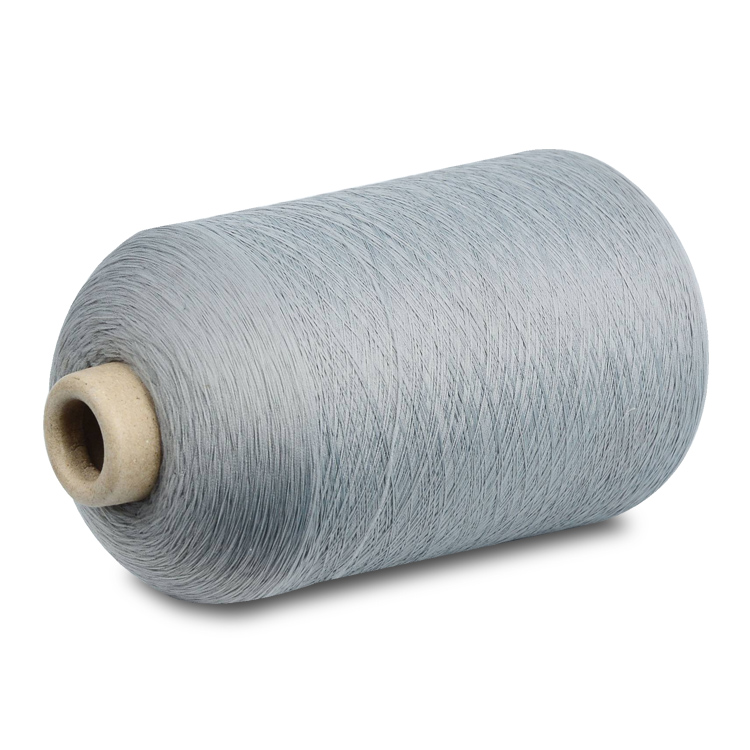
Composite fibers yarn thread: Fibers yarn thread that are spun through a spinneret hole from two or more polymers or the same polymer with different properties.
Ultrafine fibers yarn thread: Fibers yarn thread with fineness less than 0.9 dtex are called ultrafine fibers.
High shrinkage fibers yarn thread: Refer to the fibers yarn thread with regular bending shrinkage or composite shrinkage in length under the action of heat or moisture.
Absorbent and hygroscopic fibers yarn thread: Refer to the fibers yarn thread with the ability to absorb water and transport water to adjacent fibers.
Functional fibers yarn thread: Fibers yarn thread that meet certain special requirements and uses, i.e. fibers have certain physical and chemical properties.
Maturity of cotton fibers yarn thread: the degree of cell wall thickening.
Fibril is a general term, sometimes representing larger molecular beams composed of several basic fibrils or microfibrils, which are roughly parallel to each other.
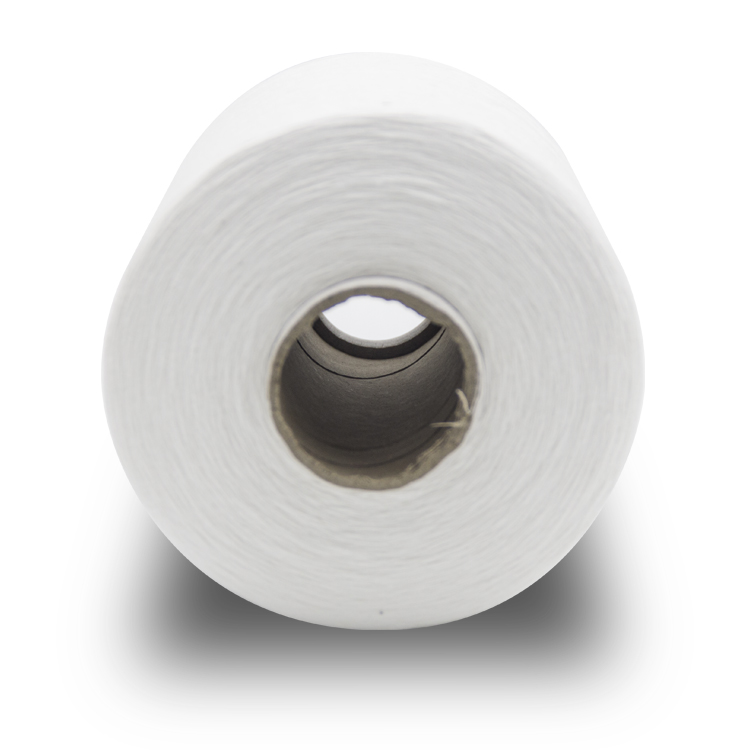
Fiber yarn thread crystallinity: Refers to the ratio of the crystalline part of the fiber to the whole fiber.
Non-product area: Fiber yarn thread macromolecule polymers are irregularly clustered areas called non-product areas, or amorphous areas.
Orientation: Whether natural or chemical fiber yarn thread, the alignment of macromolecules is more or less consistent with the fiber axis.
The degree to which the alignment of macromolecules coincides with the fiber axis is called orientation.
Tex (Tex): Abbreviated as Te, denotes the number of kilometers long fibers or yarns threads in grams of mass at a given moisture regain.
Denier: Also known as size. Refers to the number of grams of mass of 9000 m long fibers yarn thread at a given moisture regain.
Metric count for short: Refers to the number of meters (m) of length of 1 g fibers or yarns thread at a given moisture regain.
Main body length: Refers to the length of the fibers yarn thread with the most content in a batch of cotton samples.
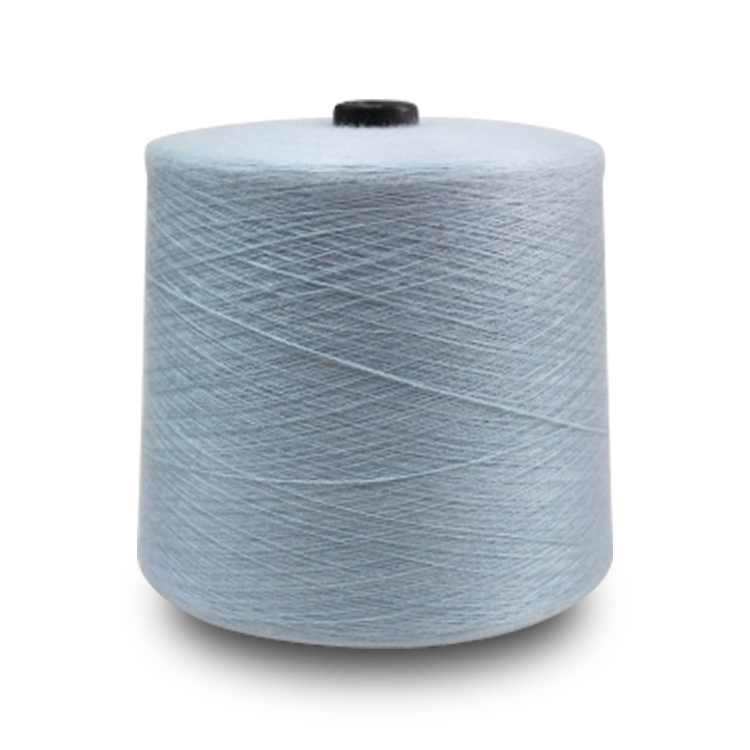
Quality length: Refers to the weighted average length of the weight star of the part of the fiber yarn thread that is longer than the main body length K, also known as the average length of the right half.
Slip K: The maximum length of the fibers yarn thread drawn from the cross section of the yarn thread when the staple yarn is broken.
Hygroscopicity: The ability of a fibre yarn thread material to absorb water from a gaseous environment is usually called hygroscopicity.
Equilibrium moisture regain: Refers to the moisture regain of the fiber material under certain atmospheric conditions when the moisture absorption and desorption reach equilibrium steady state.
Designated moisture regain: The percentage of moisture content of fibers yarn thread recognized in the industry to the quality of dry fibers.
Hygroscopic hysteresis: Fiber yarn thread materials possess properties that the equilibrium moisture regain obtained from dehumidification is always higher than that obtained from hygroscopicity.
Stress relaxation: Under the condition of constant tensile deformation, the phenomenon that the stress gradually decreases with the extension of time is called stress relaxation.
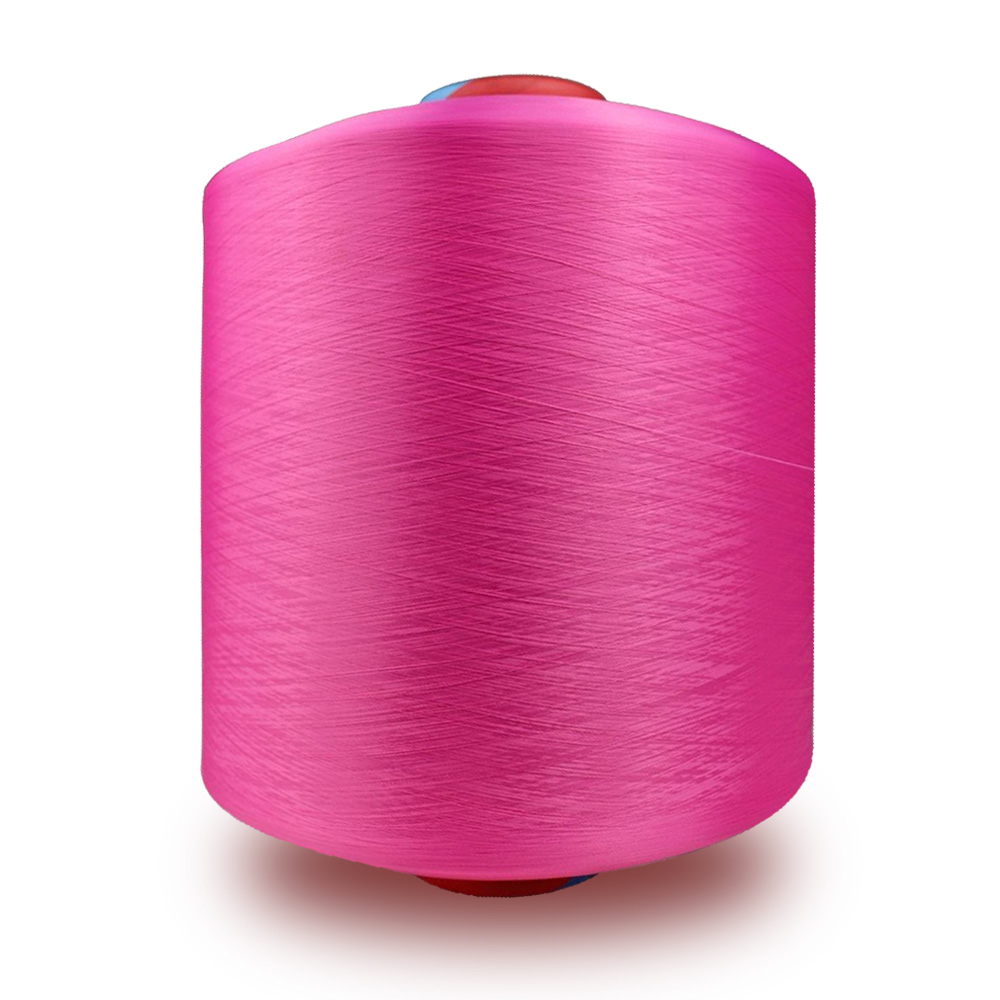
Creep: The phenomenon that the deformation of fibers yarn thread increases gradually with the extension of the stress time under a constant tensile force is called creep.
Limit oxygen index: The lowest oxygen integral required for a sample to maintain a complete combustion state in a mixture of oxygen and nitrogen. LOI = Vo2/(Vo2 + VN2) X 100%.
Thermal setting: Thermoplastic material, temperature greater than glass transition temperature, deformation, conformal cooling, deformation stabilization process.
Dielectric phenomenon: Refers to the phenomenon that the internal molecule of insulator material (also known as dielectric) forms electrodes under the action of external electric field.
Dielectric loss: The energy consumption of heating caused by dielectric under electric field is called dielectric loss.
Electrostatic phenomenon: Refers to the phenomenon that charges accumulate on fibers yarn thread or other materials due to contact and friction between different fibers or between fibers and other materials.
Glass transition temperature: The transition temperature (freezing or thawing temperature) of polymer from glass state to high elastic state.
Free-end spinning: Separating and coagulating the fibers yarn thread into single fibers yarn thread and twisting them into yarns under non-mechanical grip at one end, so it is called free-end spinning.
Self-twisting yarn thread: Two slivers are twisted in the same direction by the reciprocating motion of the rubbing roll. They are rolled back together by the twisting force of the sliver itself to form a stable double-stranded yarn thread called self-twisting yarn (ST).
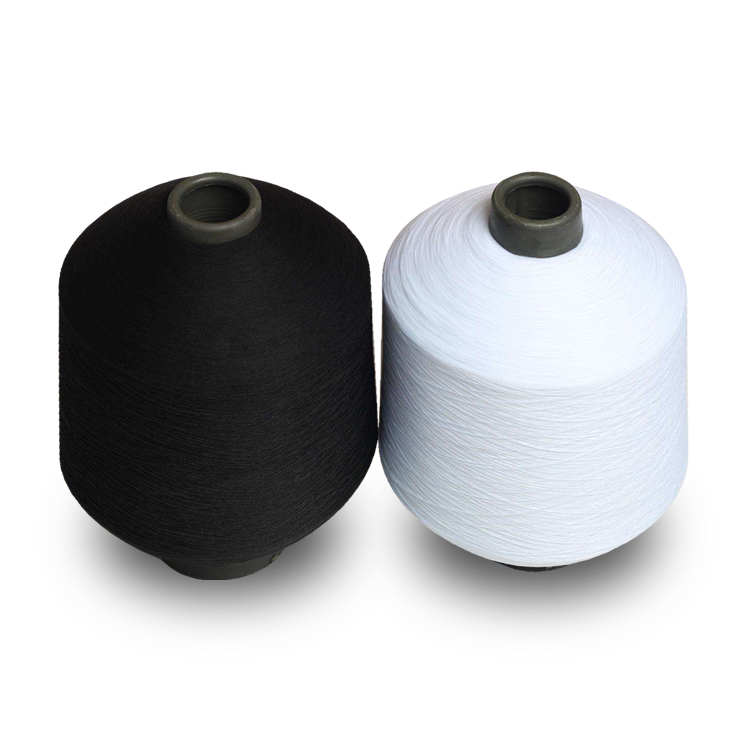
Air-jet spinning: Air-jet spinning, which uses the rotating airflow in the nozzle to twist the yarn thread sliver falsely and wraps the untwisted staple core with free fibers at the end, is called air-jet spinning.
Metric count: The number of metres in length of a gram of heavy yarn thread (or fiber) at a given moisture regain.
British count: Refers to the number of 840 yards of length multiples of a pound of cotton yarn thread, as well as the number of British count under the British set moisture regain.
Yarn thread fineness unevenness: refers to yarn thread thickness unevenness along the length direction.
Twist number: Twisting causes relative rotation of two cross sections of yarn thread. The relative rotation number of two load surfaces is called twist number.
Twist: The number of twists per unit length of yarn thread is called twist.
Twist coefficient: When yarn thread density is considered equal, the twist coefficient is proportional to tangent value of twist angle (tanbet), but independent of yarn thickness.
Twist direction: Refers to the direction of yarn thread twisting.
Twist angle: The angle between the surface fiber and the yarn thread axis after twisting is called twist angle.
Twisting: The shrinkage of yarns threads caused by twisting is called twisting.
(Not finished)




